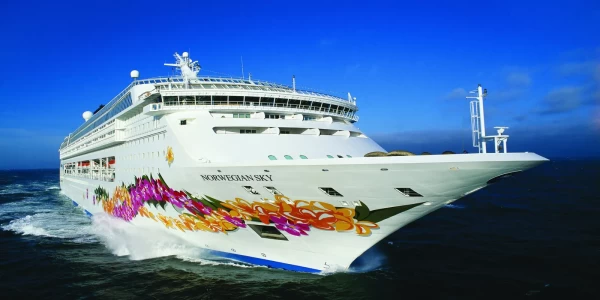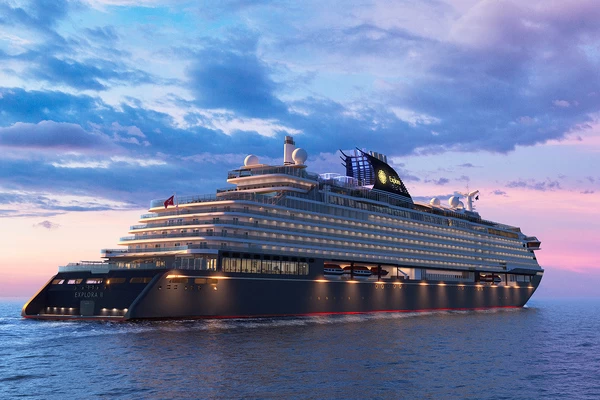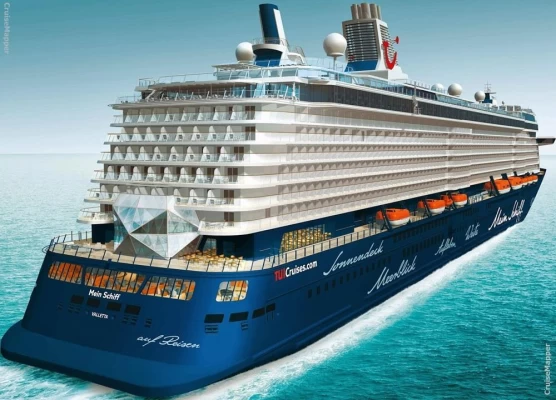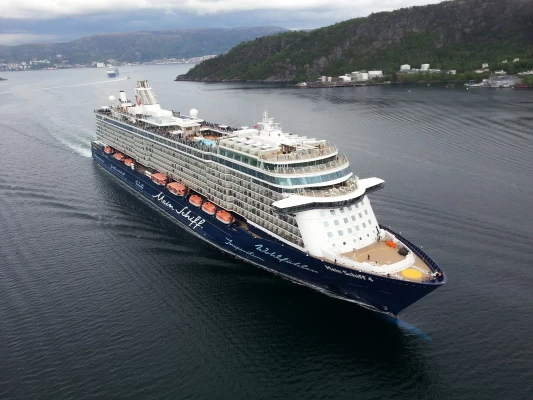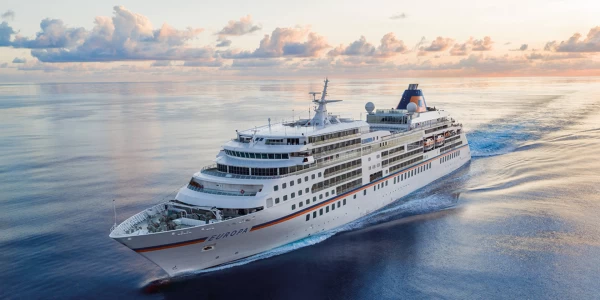
Jerash | Jordan Attractions
Jerash Jordan
Second only after Petra among Jordan's favorite destinations, we find the ancient city of Jerash, characterized by an uninterrupted history of human settlements dating back more than 6,500 years ago.
The golden age of the city was under Roman rule and the site is now generally recognized as one of the best-preserved cities in the Roman province in the world.
Hidden for centuries in the sand before being excavated and restored in the last 70 years, Jerash reveals one of the best examples of the majestic urban structure typical of the Roman provinces among those present throughout the Middle East; here you can admire cobbled streets and colonnades, temples on top of the hills, beautiful theaters, large public squares and forums, bathrooms, fountains and city walls were towers and doors alternate.
Under the external Greco-Roman facade, Jerash also retains a subtle blend of east and west. Its architecture, religion, and languages reflect a process by which two powerful cultures mixed and coexisted: the Greco-Roman world of the Mediterranean basin and the ancient traditions of the Arab East.
You will immediately be stunned by the imposing Hadrian's Arch, constructed in 129 A.D in celebration of Emperor Hadrian's visit to the great city. It had been designed to be the new southern entrance to the metropolis with the widening of the walls, but the work was never finished.
On the right stands the racecourse, an arena for racing, gladiator fights, and other sporting events with a capacity for 15,000 spectators. Currently, a company of actors takes the tourist to relive these times with regular representations.
At the south entrance, the ruins came to life. Four entrances with richly decorated arches of triumph, and an extensive wall with about 3.5 km of perimeter punctuated by twenty watchtowers, give an image of the size of this metropolis.
The Oval Forum is considered an icon of Jerash because its oval shape is not common. This was the heart of this city's social and political life. Surrounded by 56 impressive columns, most of them in original condition, and paved with the best quality limestone. Interestingly, the slabs are larger on the outer perimeter and become smaller and smaller as we approach the center.
The Temple of Zeus, on the right, once had a magnificent staircase leading to the sacred altar at the top of the hill. From the excavations carried out, one can guess the monumentality of this temple, visible from the whole city. Its location, however, made it exposed to corrosion and earthquakes and today it is a small sample of its greatness.
Right behind, the great amphitheater of Jerash rises in majesty and good condition with its two floors and capacity for 5000 spectators. You can witness a surreal performance; try to imagine Jordanian military costumes combined with the sounds of a Scottish bagpipe!
Most of the visitors mention that the acoustics are fabulous. You can also see the “microphone” of this former performance hall. And by opening your eyes wide, you can still notice the mark engraved on the pavement stone.
The arch of triumph with four pillars, crossing where the 4 entrances of the city were seen, you will find the colossal fountain of the city, Nymphaeum, richly decorated in marble and painted stucco, glimpse the Christian and Byzantine churches that replaced Roman temples.
Then comes the monumental entrance to the Temple of Artemis, the Greek goddess of the hunt. The portico has been restored over the years, and even in Cardo the original stones already recovered are in order.
The Temple of Artemis was considered the most beautiful and richest temple in the entire city of Jerash; of the 12 gigantic columns, 11 are still standing with their Corinthian capitals. Those tons of stone can be moved with just the strength of an arm, that's what your guide will warn about.
A series of earthquakes in the 8th century reduced the city to ruins. The desert sands tried to submerge it over the following centuries. But this “burial” in the desert currently justifies the impressive state of conservation.
A well-traveled bridge between sea and desert, east and west, the Hashemite Kingdom of Jordan is a land of mesmerizing beauty and contrasts, from the Jordan Valley, fertile, and ever-changing, to the remote desert canyons, immense and still. Visitors can explore splendid desert castles, gaze in awe at the haunting wilderness of Wadi Rum, or bathe in the restful waters of the Red Sea.
Latest Articles
Admin
Seabourn Sojourn Cruise Stops in Safaga Port
The Seabourn Sojourn, the flagship vessel of Seabourn Cruise Line's ultra-luxury fleet, was built in 2008 at the T. Mariotti shipyard in Genoa, Italy. Measuring 198 metres, it can accommodate up to 450 guests in its 225 spacious all-suite staterooms.
Admin
Norwegian Sky Cruise Stops in Safaga Port
Norwegian Cruise Line operates a cruise ship called the Norwegian Sky. It was constructed in 1999 and can accommodate 2,004 passengers in addition to 878 crew members. The ship has several dining establishments, lounges and bars, a spa and fitness center, swimming pools, and a number of entertainment areas.
Admin
Explora II Cruise Stops in Safaga Port
Explora II, the second vessel in the Explora Journeys fleet, sets sail in 2024 to redefine luxury cruising. With 461 ocean-front suites, 9 culinary experiences, and 4 pools, this haven of sophistication and sustainability promises an unforgettable "Ocean State of Mind" journey to inspiring destinations.
Admin
Mein Schiff 6 Cruise Stops in Safaga Port
The Mein Schiff 6 is the latest cruise ship in the renowned TUI Cruises fleet, offering passengers a luxurious and sophisticated cruise experience. At 315 metres long, this floating resort features a range of dining options, entertainment, and recreational facilities, including a spa, fitness centre, and sports amenities.
Admin
Mein Schiff 4 Cruise Stops in Safaga Port
When the Mein Schiff 4 cruise ship docks in Safaga, Egypt, passengers are granted access to a realm of ancient wonders. Aboard this state-of-the-art vessel, guests can embark on meticulously curated shore excursions that showcase the region's most iconic landmarks, including the Giza Pyramids, the enigmatic Sphinx, and the remarkable tombs and temples of the Valley of the Kings in Luxor.
Admin
MS Europa Cruise Stops in Safaga Port
The Silver Moon, Silversea's latest flagship, is a luxury cruise ship that offers an exceptional travel experience for Venezuelans exploring Egypt. With a capacity of 596 guests and an impressive 40,700 gross tonnes, the Silver Moon maintains the small-ship intimacy and spacious all-suite accommodations that are the hallmarks of the Silversea brand.

